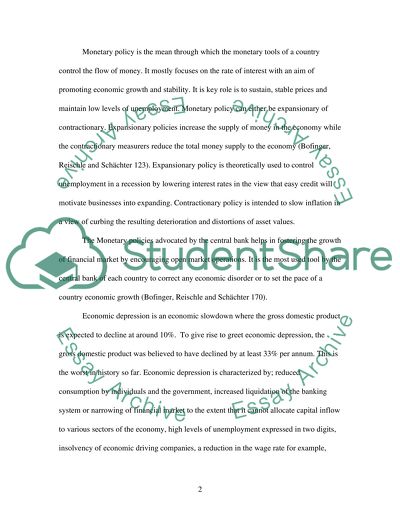Cite this document
(“Monetary policy Research Paper Example | Topics and Well Written Essays - 1750 words”, n.d.)
Retrieved de https://studentshare.org/macro-microeconomics/1392729-writer-s-choice
Retrieved de https://studentshare.org/macro-microeconomics/1392729-writer-s-choice
(Monetary Policy Research Paper Example | Topics and Well Written Essays - 1750 Words)
https://studentshare.org/macro-microeconomics/1392729-writer-s-choice.
https://studentshare.org/macro-microeconomics/1392729-writer-s-choice.
“Monetary Policy Research Paper Example | Topics and Well Written Essays - 1750 Words”, n.d. https://studentshare.org/macro-microeconomics/1392729-writer-s-choice.


